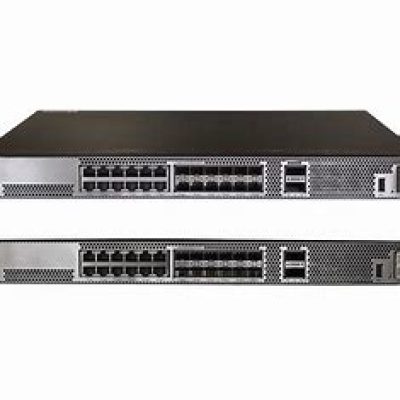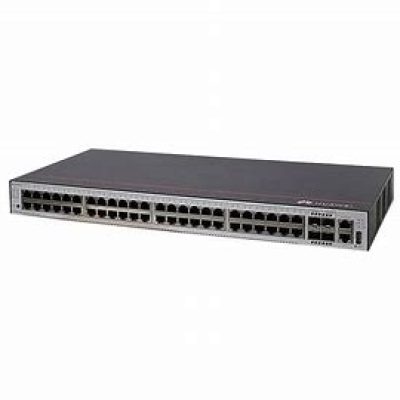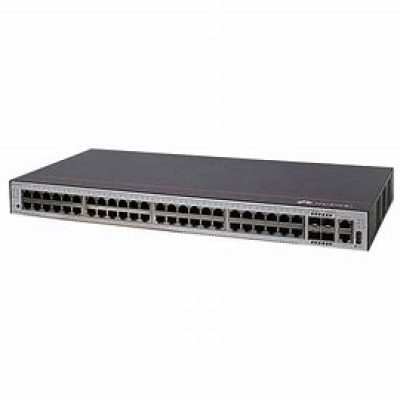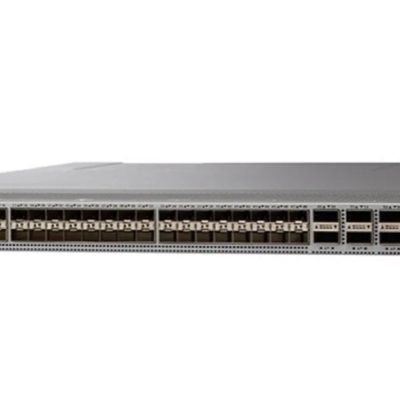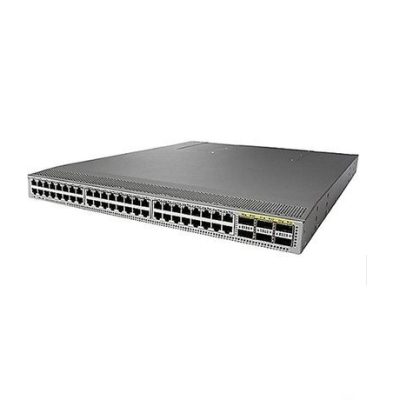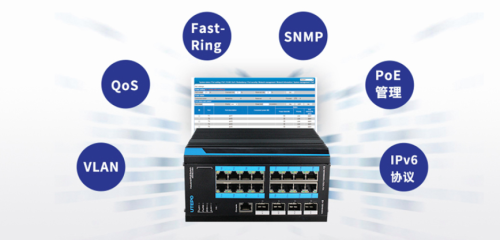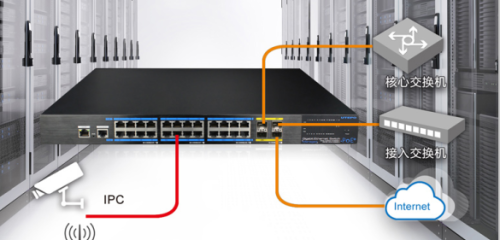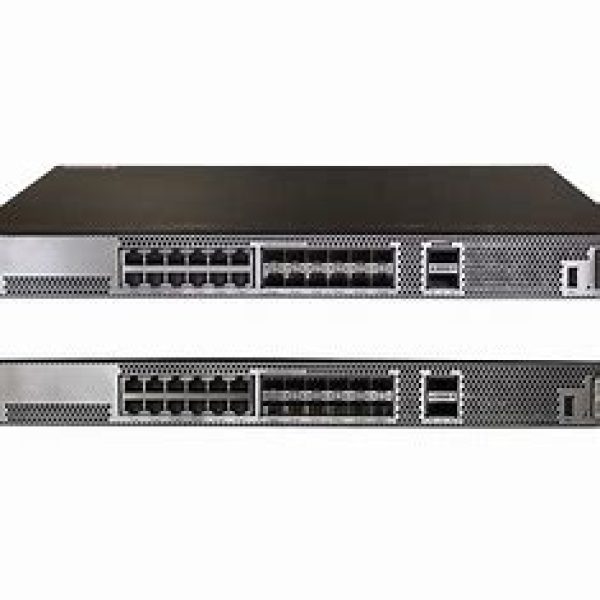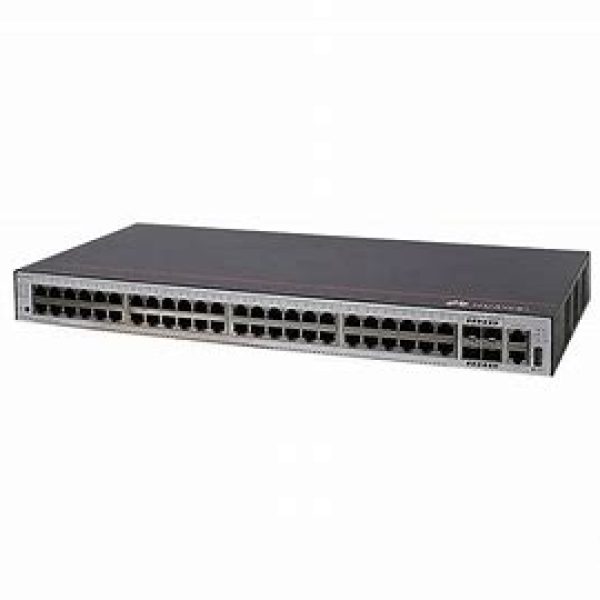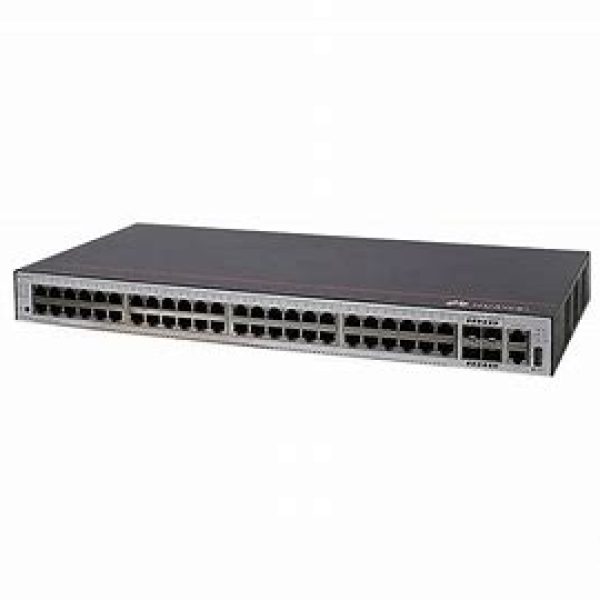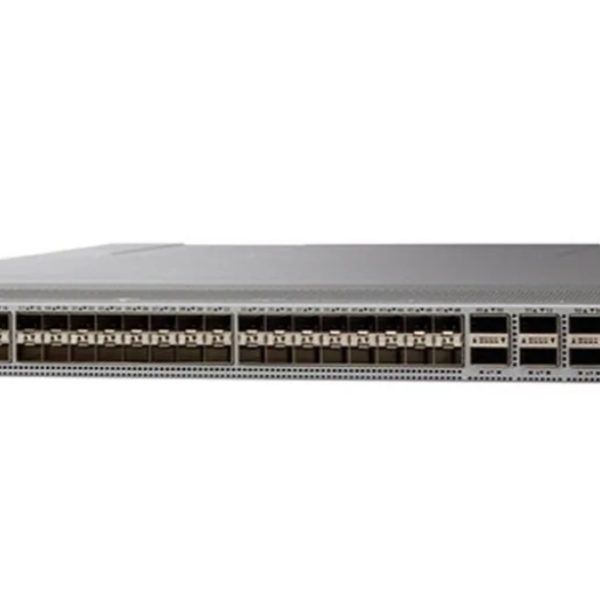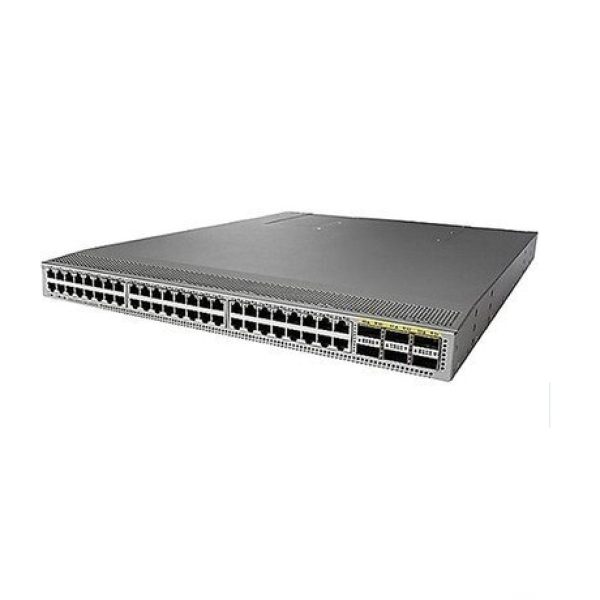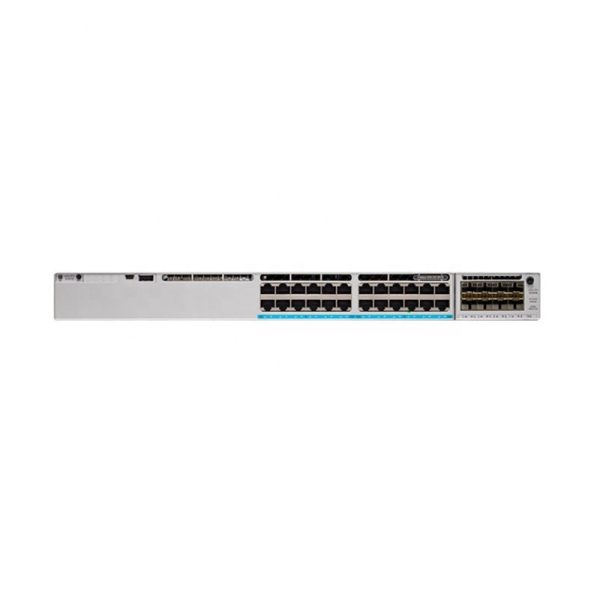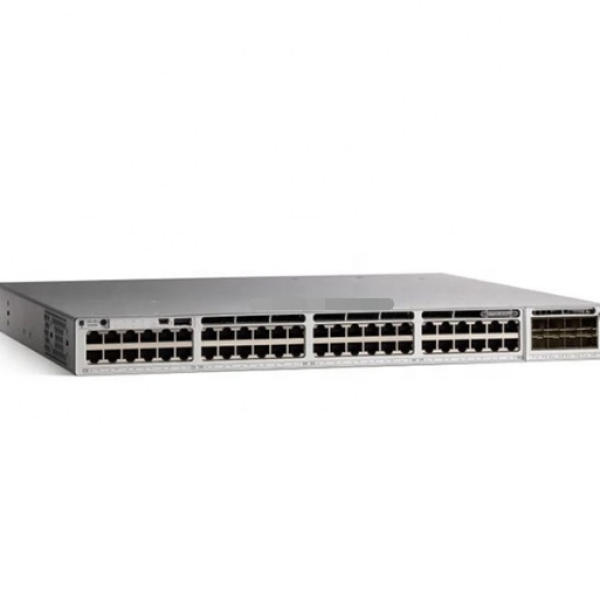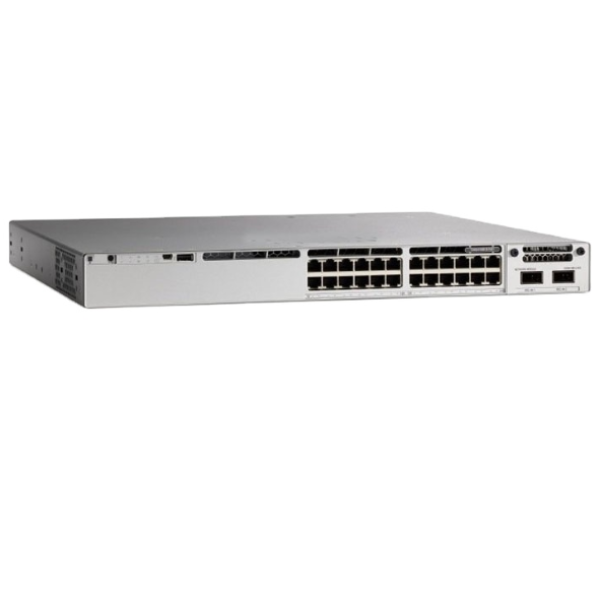1、 Classification of switches
- Network composition method
Access layer switch, aggregation layer switch, core layer switch
- OST model
Layer 2 switch, Layer 3 switch, Layer 4 switch… Layer 7 switch
- manageability of switches
Managed switches and unmanaged switches. The difference lies in the support for network management protocols such as SNMP/RMON
2、 What are the main factors to consider when choosing a switch
- Backplane bandwidth and layer 2/3 switching throughput.
- VLAN type and quantity.
- Number and type of switch ports.
- Support protocols and methods for network management. Switches are needed to provide more convenient and centralized management.
- Support for QoS, 802.1q priority control, 802.1X, and 802.3X.
- Stacking support.
- Parameters such as switch cache and port cache, main memory, forwarding delay, etc. of the switch.
- Line speed forwarding, routing table size, access control list size, support for routing protocols, support for multicast protocols, packet filtering methods, machine scalability, etc. are all parameters worth considering and should be examined based on actual situations.
The above are the factors that need to be considered when selecting a switch. Usually, when choosing a switch, we can judge based on the following factors:
- Backplane bandwidth
The backplane bandwidth of a switch is the maximum amount of data that can be throughput between the switch interface processor or interface card and the data bus. Backplane bandwidth refers to the total data exchange capacity of a switch, measured in Gbps, also known as switching bandwidth. So only modular switches (with expandable slots and the ability to flexibly change the number of ports) have this concept, while fixed port switches do not have this concept, and the backplane capacity and switching capacity of fixed port switches are equal in size. The backplane bandwidth determines the maximum upper limit of the connection bandwidth between each card (including cards that have not yet been installed in expandable slots) and the switching engine. Due to the different architectures of modular switches, backplane bandwidth cannot fully represent the true performance of the switch. Fixed port switches do not have the concept of backplane bandwidth.
- Backplane bandwidth calculation
Backplane bandwidth refers to the maximum amount of data that can be throughput between the switch interface processor or interface card and the data bus.
Calculation formula: Number of ports x corresponding port rate x 2 (full duplex mode)
24 ports 100Mbps+2 ports 1G: 24 * 2 * 100+2 * 2 * 1000=8.8Gbps
- Exchange capacity and forwarding capability
Due to the fact that the switching engine serves as the core of packet forwarding in modular switches, this metric can truly reflect the performance of the switch. For fixed port switches, the switching engine and network interface template are integrated, so the forwarding performance parameters provided by the manufacturer are the forwarding performance of the switching engine, which is the key to determining the performance of the switch. For devices that support Layer 3 switching, manufacturers will provide separate Layer 2 forwarding rates and Layer 3 forwarding rates. Generally, Layer 2 capabilities use bps, while Layer 3 capabilities use PPS. Modular switching with different architectures will be used

